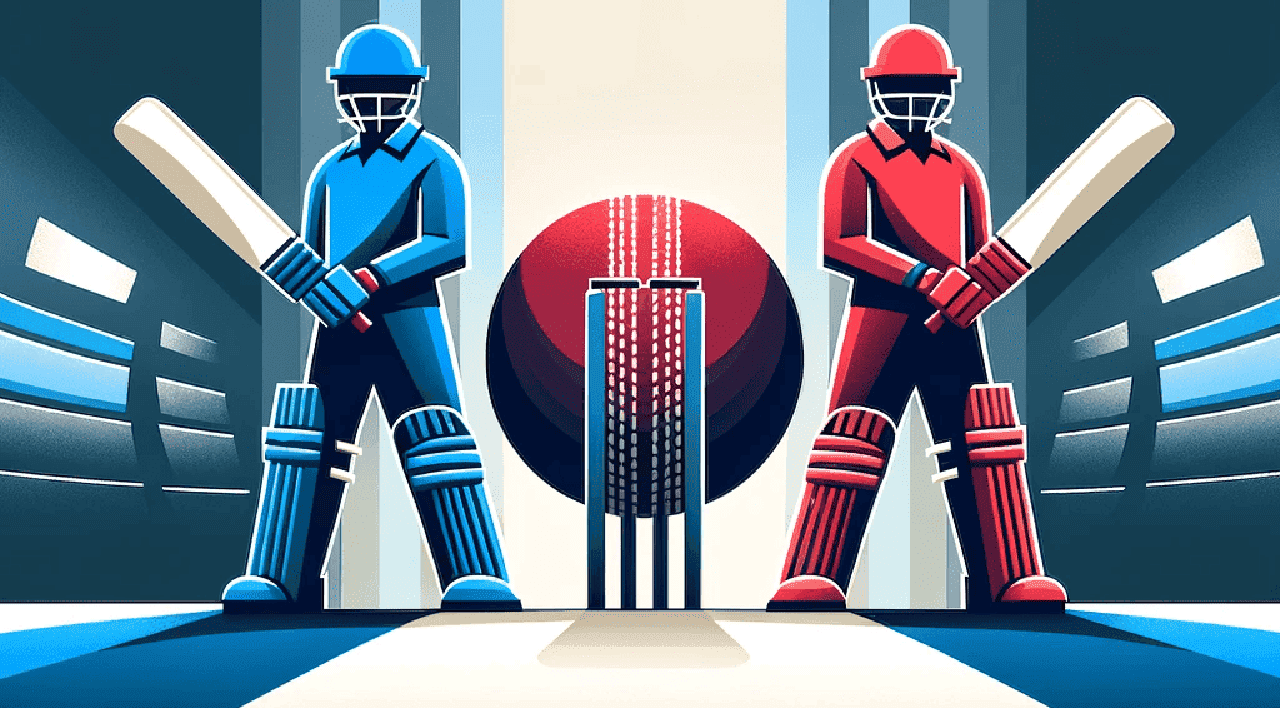
'If you can learn your trade in the red-ball space, you can adapt to white-ball cricket'
Ireland's Test team carries its own honours board in the dressing room—a unique touch reminding players of the hard work that brought them there. Their journey in the longest format has been short, but ambitions stretch far in both red- and white-ball cricket. On the sidelines of the Bangladesh tour, Ireland head coach Heinrich Malan spoke about the challenges of life as a Test nation and goals heading into next year's T20 World Cup.
Why do you carry that honours board in the dressing room?
It shows our players are good enough to perform on the world stage. It’s a reminder of those before us who grafted just as hard. If we can add our names, the list grows—and so does the team.
Doing well in Test cricket is certainly important for you to promote the format in the Irish board room?
Absolutely. Every time I speak to the board or decision-makers, I highlight the importance of Test cricket as the foundation. If you can learn your trade in the red-ball space, you can adapt to white-ball cricket. It’s an entry point for many of our young lads, and hopefully it’s the foundation they build on.
Can you tell us about the status of infrastructure development in Irish Cricket?
Our new stadium has been approved by the Irish government. These things don’t happen overnight, but the plans are approved—an arduous process. By 2028 or 2029, hopefully the groundwork will be done for competitive games. Wickets need embedding, facilities need building, but the paperwork is done.
The groundwork has been done. Do you see that as a significant starting point?
Yes, the actual work can now start. It’s exciting, though it won’t happen overnight. The groundwork is done; now it’s about putting forks in the ground and beginning construction.
If I ask you to compare your Test squad with the T20 squad, how would you look at how Ireland is shaping in these two very different formats?
They’re two different squads, which is exciting—we’re growing a base of specialists in both formats. The T20 side has played consistent cricket over the last 12–18 months, qualifying outright for this World Cup, which we haven’t done before. That shows real progress.
We’re coming to the end of a T20 cycle at this World Cup. We’ve invested heavily in players over four years, and it’s shown. We’ve beaten England at the MCG, West Indies, South Africa, and Pakistan in the last 12 months. We’ve shown we can do it, and hopefully we carry that consistent success into the World Cup.
How has Andrew Balbirnie developed as a Test leader? What was the reasoning behind moving on from him in the T20 setup?
It was a good opportunity for split captaincy—they bring different dimensions. From a batting perspective, we wanted a more aggressive approach at the top. Ross Adair came in, scored a hundred against South Africa and a fifty against West Indies, but he’s injured for this series. That gives Tim Tector an opportunity—he’s shot the lights out domestically, opening aggressively.
Balbirnie has been a fantastic leader in our Test environment—driven and passionate about leaving a legacy. Daily conversations focus on how we play more red-ball cricket, compete harder and longer. I’m sure he has more to achieve, and I look forward to working with him.
You have got a Euro T20 league. That's still not finalised but when it comes along, wouldn't that give you a huge exposure in the T20s?
Massively. It’s been spoken about for three or four years. It will create exposure opportunities, allow players to play with overseas signings and big names from a European perspective. Hopefully it kicks off this September, post-The Hundred. It would benefit Ireland, Scotland, and the Netherlands.
How big are these T20Is vs Bangladesh in the context of building towards that World Cup next year in similar conditions?
Definitely important. This series, then only preparation before the main event. These three games are crucial. Winning matters—every international game is about winning—but it’s also about ensuring all 15 players know what’s expected. We might test one or two combinations. It’s the start of the run into the World Cup around February 7th or 8th.
What is Ireland's biggest challenge at the T20 World Cup?
The key is trying to get through to the Super 8s. That’s the goal. All groups will be competitive and strong. We need to be clear in our expectations, how we play, and how player strengths support that. We must create an environment where players express themselves. If they perform when the lights come on, we’ll win games and gain recognition—maybe franchise selections. Hopefully we can do that.

